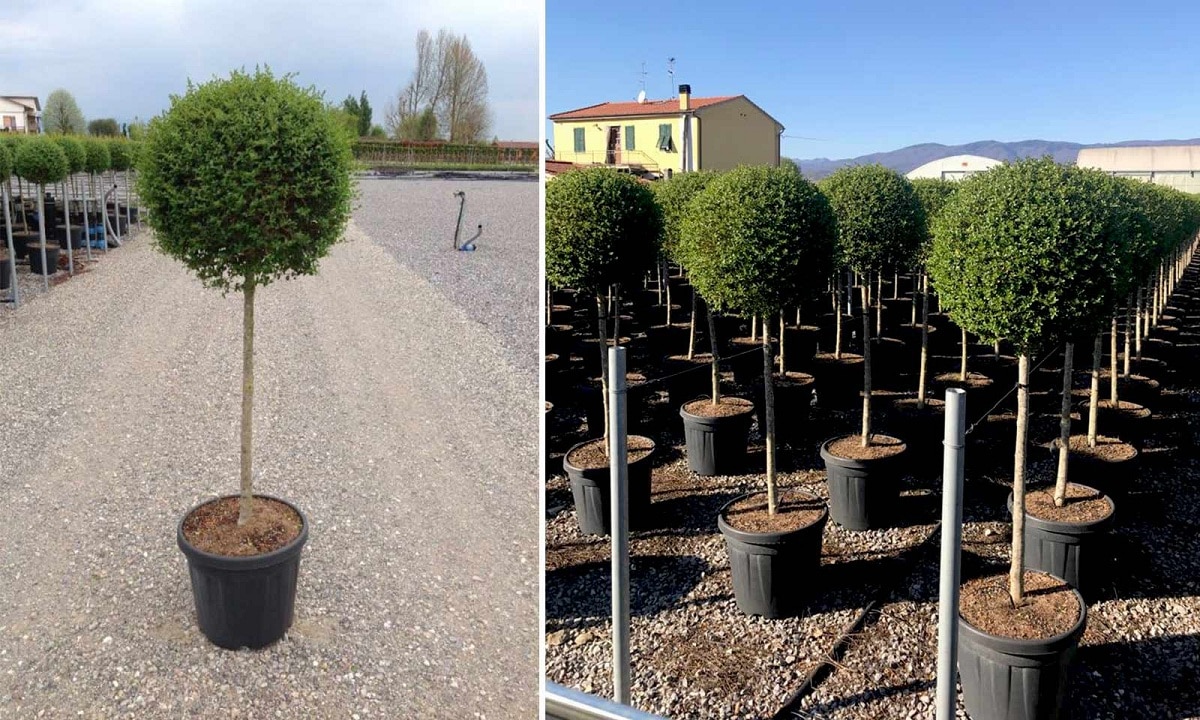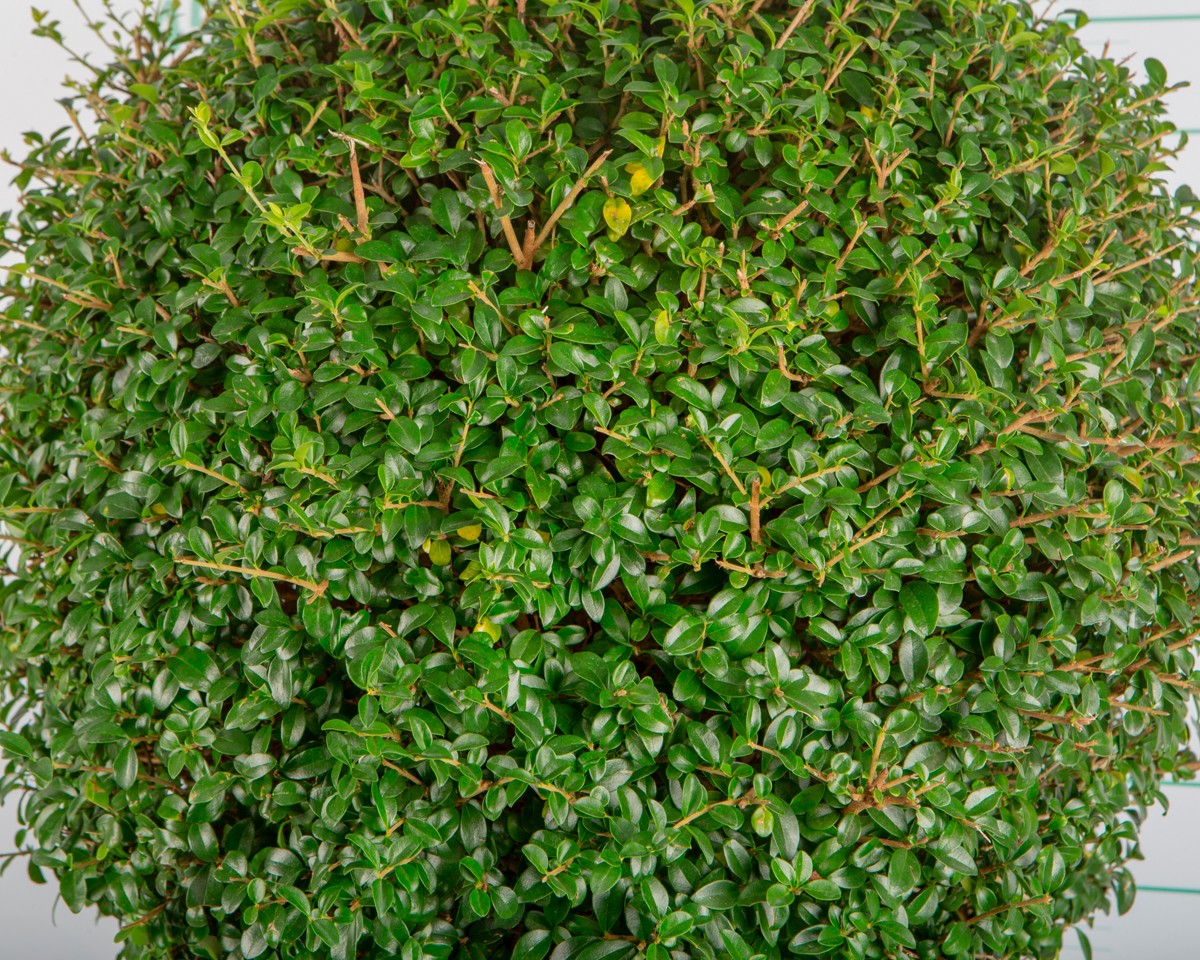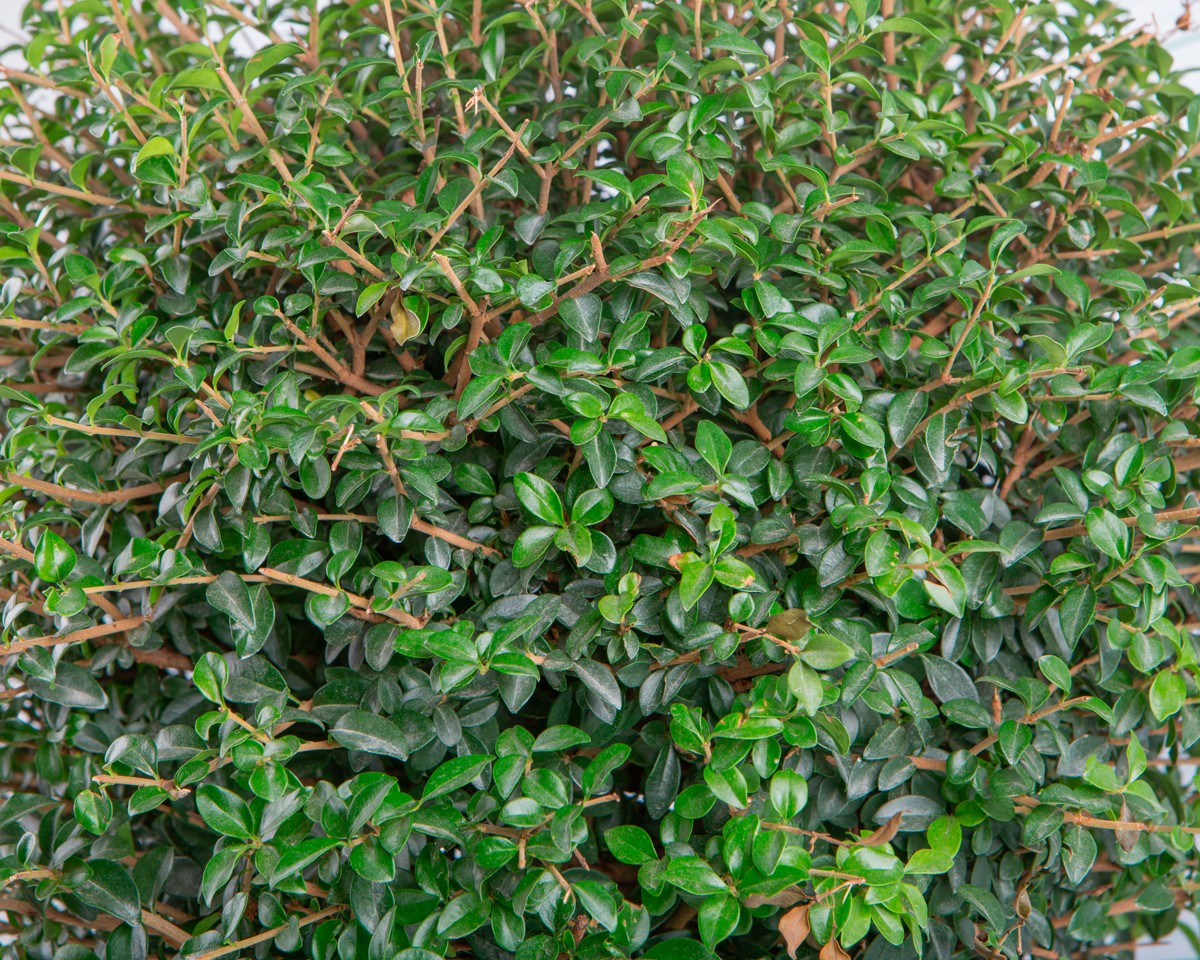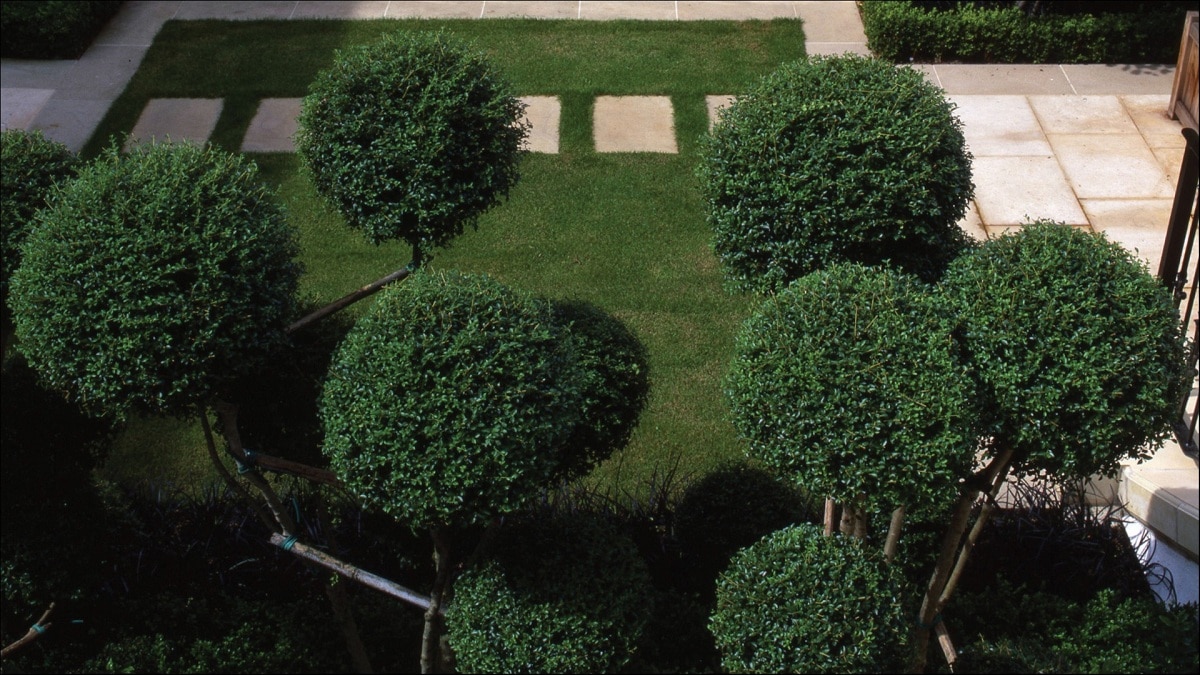
Today we are going to talk about a kind of small tree or shrub that is used as an ornamental plant both in public places and in private gardens. Its about Privetrum jonandrum. It is also known by the name of privet and is known in many parts of the world. You have to be careful because the pollen of this plant usually causes allergic reactions in a large part of the population.
In this article we are going to tell you all the characteristics, uses and care of the Privetrum jonandrum.
Key features

It is a small evergreen tree that usually reaches heights of approximately 4 to 8 meters. Its crown is quite round and leafy. It is a type of tree that has a large number of leaves on its surface and it is noticeable with great density. It contains some lenticels which is a kind of structure that it has in the branch that allows the entry of oxygen and gas exchange. These lenticels can be seen quite easily with the naked eye since they are very marked.
The leaves of the Privetrum jonandrum They are oval in type and have the shape of a lance. They usually measure between 6-12 centimeters in length and stand out for having a brighter green color on the upper side but paler on the underside. The flowers are panicles that is a racemose inflorescence that decreases in size towards the apex. The flowering time of this species is between June and July.
As for the fruit, it can be both globular and ellipsoid. They are fleshy type fruits and have a size smaller than that of a pea. When it is young it has a greener color and as it matures it acquires a black or bluish color. This fruit is used in traditional medicine for some treatments of fatigue, hearing disorders and sexual weakness. The fruit begins to ripen in late summer and the amount of seeds it has will depend on the conditions in which it grows.
Uses of Privetrum jonandrum

We are going to see what are the main uses that are given to this species of shrub. As a general rule, applied ornamentally since it can be positioned very well in the alignments of the streets. However, it can also be grown in small private gardens, so you can create attractive hedges with high quality and that require little maintenance.
If the leaves of the Privetrum jonandrum they are chopped and put to dry can also be used as a dye. This client is known by the name of Henna.
Caring for the Privetrum jonandrum

This type of shrub is not too demanding in terms of location. It can be developed without difficulties both in semi-shade and in places with full sun. Keep in mind that, although it can withstand shady places quite well, it is not the best option. Watering should be regular but completely avoiding waterlogging or excessive drying. It is advisable to dry up with enough water during the summer so that the land does not dry out completely, especially when it is exposed to sunlight. It is necessary that the plant has good drainage so that the plant can develop in good conditions. Drainage is the capacity of the soil to be able to drain rain or irrigation water so that it does not get waterlogged. This plant does not tolerate waterlogging.
It is advisable to place the tree in a place where growth is hindered if it can grow to a greater extent. Before locating it, it is advisable to consider the size that it may reach in the future. The maximum size usually reaches two years. The kind of Privetrum jonandrum It can be planted in a pot and applied the bonsai technique since it is a species considered easy to prune. To be totally healthy, pruning must be done carefully. It is one of the preferred specimens for beginners of the bonsai technique. This is another reason why it earns a lot in terms of ornamentation.
The transplant that has to be carried out for a period of 2-3 years if we have planted it in a pot. It should also be done before the budding season begins. During this process you have to remove the old soil and the roots that are somewhat more rotten. To get the Privetrum jonandrum it can develop well once it has been transplanted, it is advisable to use the substrate for bonsai known as akadama mixed with clay. It should always be taken into account that the soil mix will depend on the climate where we are.
With regard to climatic requirements, this species can tolerate low or warm temperatures. It is recommended that it has been planted away from the winter season in places with hot climates. In this way, it can be adapted to the environmental conditions of the place. It is also good to place the plant in places where it does not get too much sun throughout the day. At least, It is recommended that you do not continue to be exposed to the sun during the hottest hours. One of the most remarkable characteristics is that it can be adapted to almost any type of soil. As long as this soil is cool and well drained, the Privetrum jonandrum it can be developed in good conditions.
Multiplication, pests and diseases
This species can be multiplied by seeds, cuttings or by suckers. It is not recommended to perform by seeds since it is a too slow and complicated process. The methods of suckers and cuttings are referred since the most recommended parts can be chosen.
Because it generates a pleasant smell, it can be affected by various pests. You just have to spray with some insecticide the areas where pests are seen to be able to eliminate them. Among the most frequent pests of the Privetrum jonandrum is the caterpillar. You have to check the branches well since they usually nest in the stems. Another frequent pest is aphids. To avoid the appearance of diseases, it is best to pay it once a year during the early autumn season.
I hope that with this information you can learn more about Privetrum jonandrum and their characteristics.